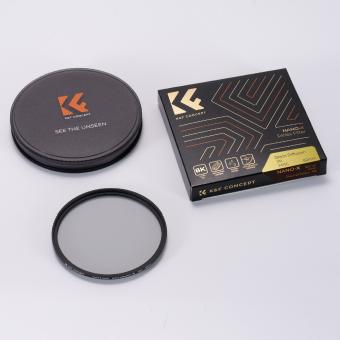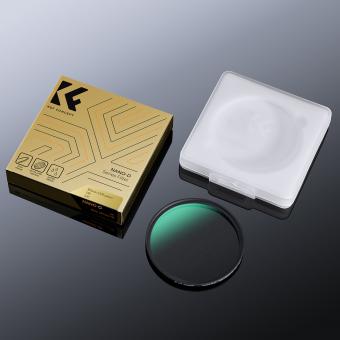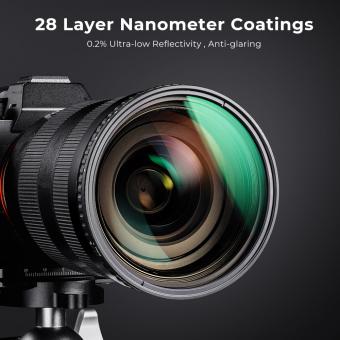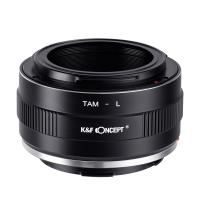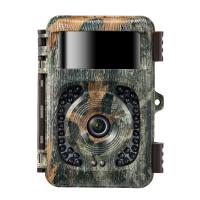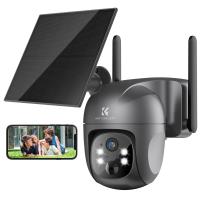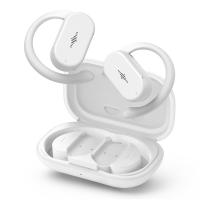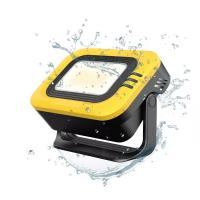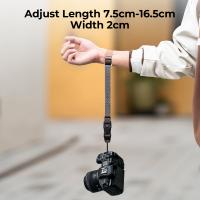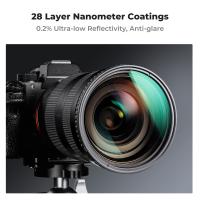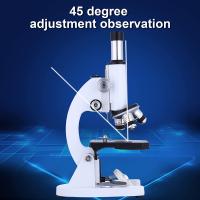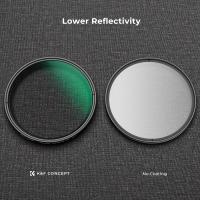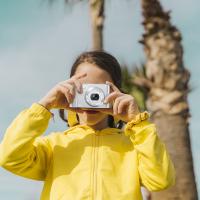Can You Use Nd Filters At Night ?
ND filters, or neutral density filters, are typically used to reduce the amount of light entering the camera lens. They are commonly used in bright daylight situations to allow for longer exposures or wider apertures. However, using ND filters at night may not be as effective or necessary since the available light is already low. In low-light conditions, it is often preferable to use a higher ISO setting or a wider aperture to capture more light. Additionally, using ND filters at night may result in excessively long exposure times, leading to motion blur or overexposure. Therefore, while it is technically possible to use ND filters at night, they may not be as useful or practical as in daylight situations.
1、 ND Filters and Night Photography: Pros and Cons
ND filters, or neutral density filters, are commonly used in photography to reduce the amount of light entering the camera lens. They are particularly useful in situations where there is too much light, such as during bright daylight, allowing photographers to use longer shutter speeds or wider apertures without overexposing the image. However, when it comes to night photography, the use of ND filters becomes less common and has both pros and cons.
One of the main advantages of using ND filters at night is that they can help to create long exposure effects. By using a longer shutter speed, photographers can capture light trails from moving cars or create smooth, silky water effects in nighttime landscapes. ND filters can also be useful in reducing the intensity of artificial lights, such as street lamps or city lights, allowing for more balanced exposures.
However, there are some limitations to using ND filters at night. The main challenge is that night scenes are already low in light, and adding an ND filter further reduces the amount of light reaching the camera sensor. This can result in longer exposure times, making it difficult to capture sharp images without the use of a tripod. Additionally, using ND filters at night may introduce color casts or reduce image sharpness, especially with lower quality filters.
In recent years, advancements in camera technology, particularly in low-light performance, have made the use of ND filters at night less necessary. Many modern cameras are capable of capturing high-quality images in low-light conditions without the need for long exposures or the use of filters. Therefore, while ND filters can still be used at night, their usefulness has diminished with the availability of better low-light capabilities in cameras.
In conclusion, while ND filters can be used at night to create long exposure effects and balance artificial lights, their effectiveness has decreased with advancements in camera technology. Photographers should consider the pros and cons of using ND filters at night and evaluate whether they are necessary for achieving their desired results.
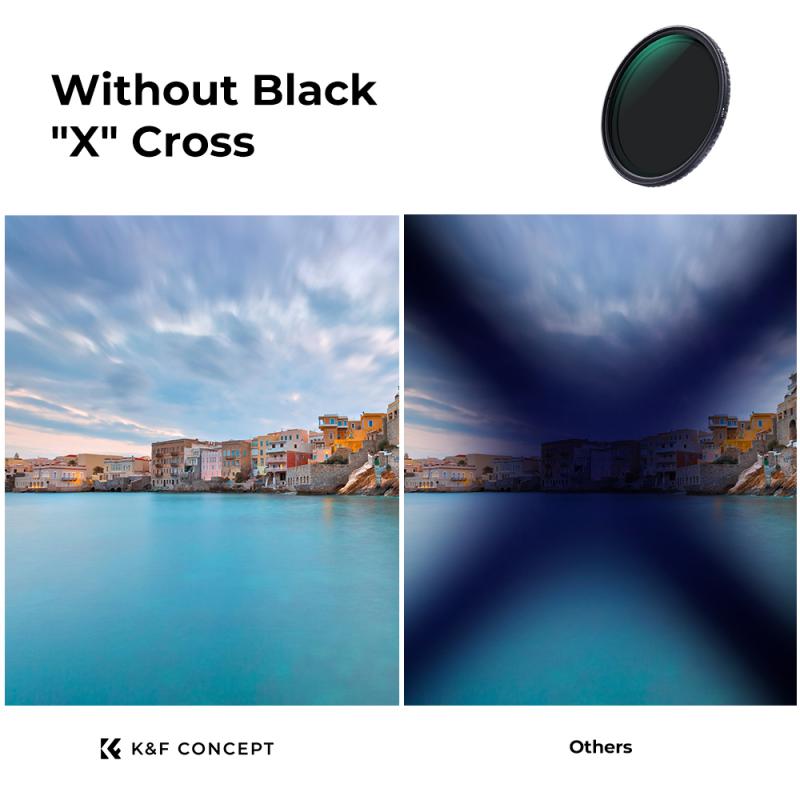
2、 Using ND Filters for Long Exposure Night Shots
Yes, you can use ND filters at night for long exposure night shots. ND filters, or neutral density filters, are primarily used to reduce the amount of light entering the camera, allowing for longer exposure times. While they are commonly used during the day to achieve motion blur effects in bright conditions, they can also be used at night to capture stunning long exposure shots.
When shooting at night, the available light is usually much lower, which means longer exposure times are necessary to capture enough light for a properly exposed image. By using ND filters, you can further extend the exposure time, resulting in beautiful light trails, smooth water surfaces, and other creative effects.
However, it's important to note that the specific ND filter you choose will depend on the lighting conditions and the effect you want to achieve. Different ND filters have varying levels of light reduction, measured in stops. For night photography, you may need a higher stop ND filter, such as a 6-stop or 10-stop filter, to achieve the desired effect.
It's also worth mentioning that using ND filters at night can introduce challenges such as increased noise and potential color shifts. Therefore, it's important to experiment with different filters and settings to find the right balance and achieve the desired result.
In conclusion, using ND filters for long exposure night shots can add a unique and creative element to your photography. With the right filter and technique, you can capture stunning images that showcase the beauty of the night.
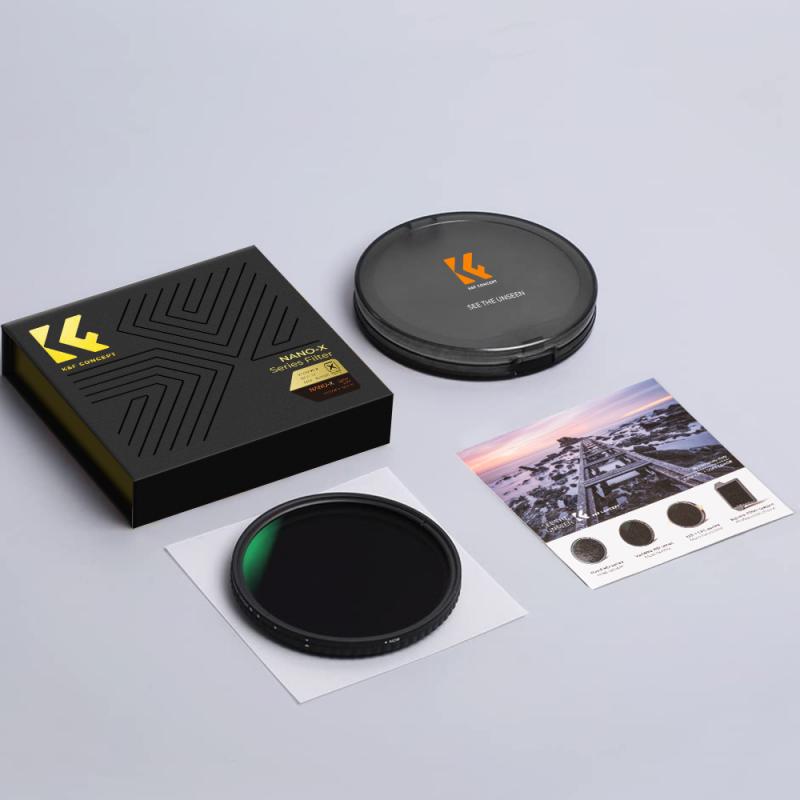
3、 Adjusting ND Filter Strength for Nighttime Photography
Yes, you can use ND filters at night for photography, but their effectiveness may vary depending on the specific conditions and desired outcome. ND filters are primarily used to reduce the amount of light entering the camera, allowing for longer exposure times or wider apertures in bright conditions. However, at night, when the available light is already limited, using an ND filter may not be necessary or may have limited impact.
In low-light situations, such as night photography, the priority is often to capture as much light as possible to avoid underexposure. Using an ND filter can further reduce the amount of light reaching the camera sensor, potentially resulting in darker images. However, there are scenarios where using an ND filter at night can be beneficial.
For instance, if you want to capture long exposure shots of cityscapes or traffic trails at night, an ND filter can help in achieving longer shutter speeds, creating smooth and blurred motion effects. Additionally, if you are shooting in extremely bright conditions at night, such as during fireworks displays or with artificial lighting, an ND filter can help in balancing the exposure and preventing overexposure.
It's important to note that the effectiveness of ND filters at night can be influenced by factors such as the strength of the filter, the available ambient light, and the desired creative effect. Experimentation and adjusting the filter strength accordingly are key to achieving the desired results.
In conclusion, while using ND filters at night is possible, their effectiveness may be limited in low-light conditions. However, in specific scenarios where longer exposures or exposure balancing is desired, using ND filters can still be beneficial.
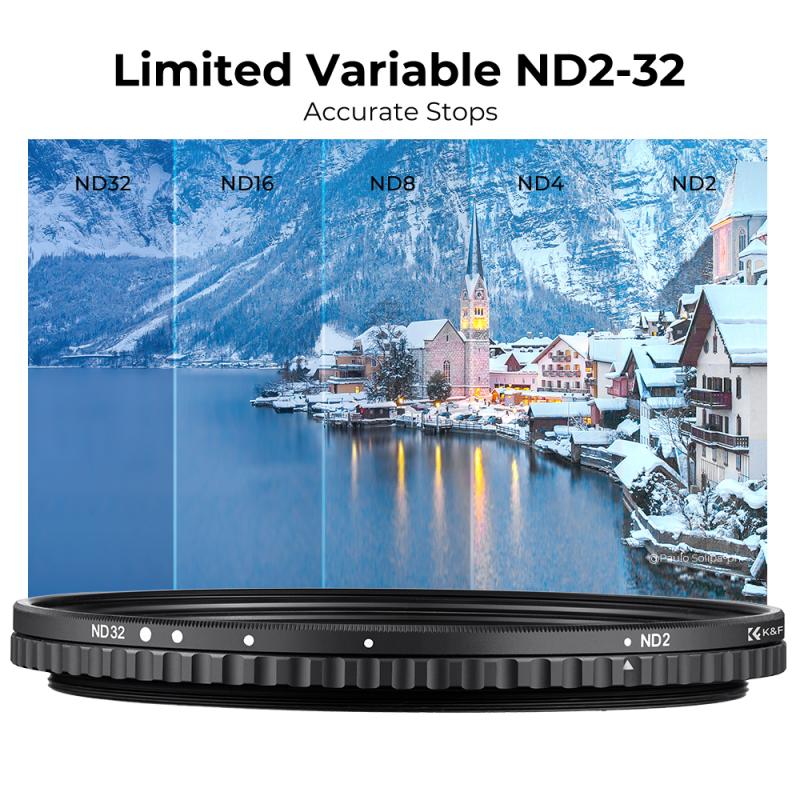
4、 Balancing ND Filters with Low Light Conditions at Night
Yes, you can use ND filters at night, but their effectiveness may be limited in low light conditions. ND filters are primarily used to reduce the amount of light entering the camera, allowing for longer exposure times or wider apertures in bright conditions. However, at night, when the available light is already limited, using an ND filter may result in underexposed images.
In low light conditions, it is crucial to maintain a balance between the amount of light entering the camera and the desired exposure. While ND filters can help in certain situations, such as when shooting cityscapes with bright lights, they may not be as effective when the scene is predominantly dark.
It is important to consider the specific circumstances when deciding whether to use an ND filter at night. Factors such as the amount of available light, the desired exposure, and the effect you want to achieve in your image should all be taken into account. Additionally, advancements in camera technology, such as improved low light performance and image stabilization, may reduce the need for ND filters in certain situations.
Ultimately, the decision to use an ND filter at night should be based on experimentation and personal preference. It is always recommended to test different settings and techniques to achieve the desired results in low light conditions.







